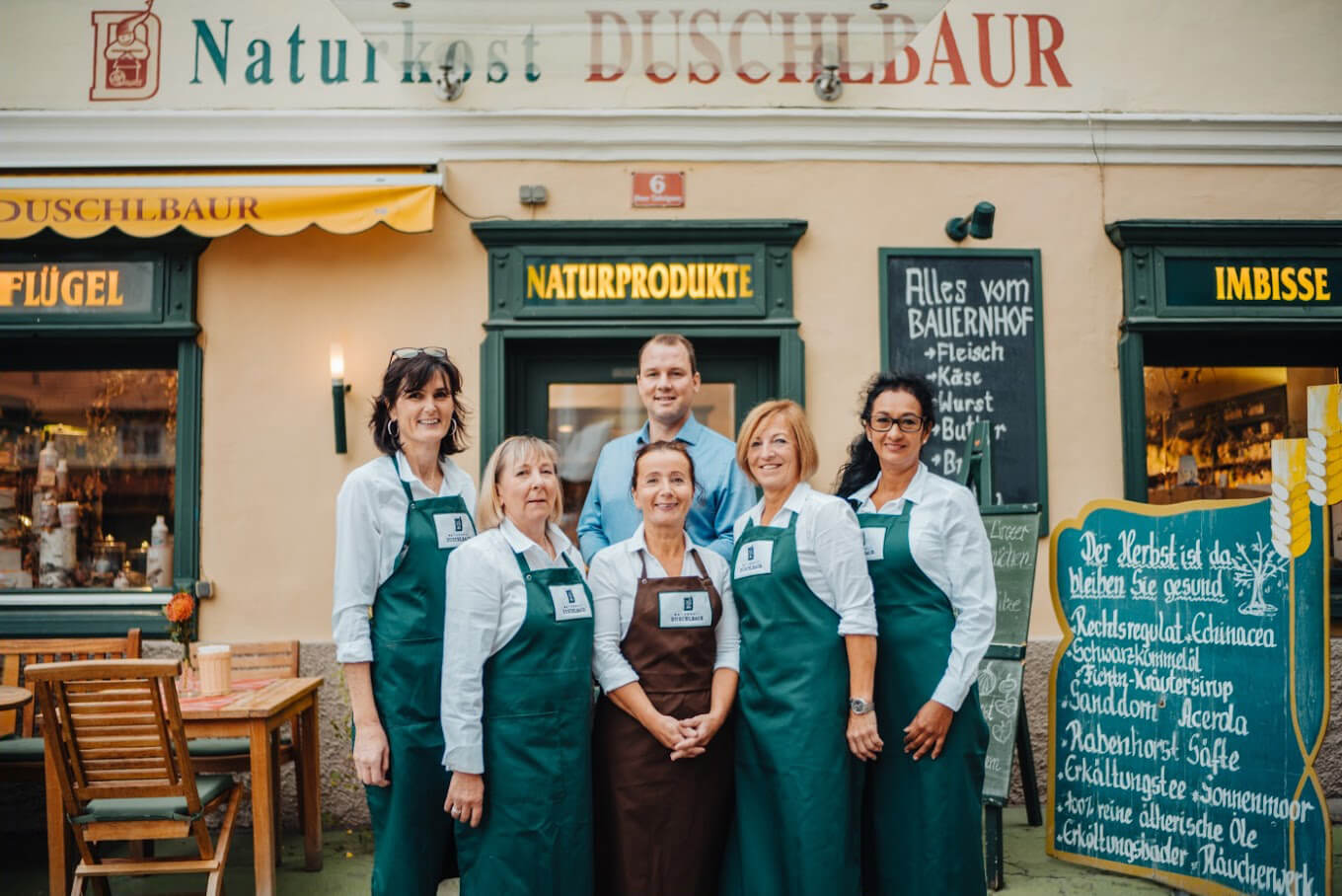The natural ingredients of thePassionflower tincture dropsare: water, alcohol, passionflower.
To produce these very valuable drops we use the herb with the flower.
Passion flowers are native to the tropical and subtropical regions of South, Central, and North America. They can also be found in Asia, Australia, and New Zealand. Botanists and collectors traveling in the 18th and 19th centuries loved passion flowers for their attractive blooms. They contributed to their further spread. Many passion flower species also came to Europe via the Spanish conquerors.
The Latin genus name "Passiflora" dates back to missionaries in the newly discovered continent of America. They saw the striking flowers as a symbol of Christ's Passion – from the Latin "passio" – suffering – and "flos" – flower. The crown-like, blue-and-white calyx represented the crown of thorns, and the threadlike petals represented Jesus' torn clothes. The fruit bearer represents the pillar to which Christ was bound. The ovary represents the bile-soaked sponge. The three stigmas in the flower symbolize the three nails. The five stamens represent the five wounds. The leaves are the lance, and the tendrils are the scourges.
The perennial, herbaceous or woody passionflower grows as a climber up other plants or trellises. Its thin, grooved stems grow up to 5 m long. Twisting tendrils sprout from the leaf axils. The leaves have a dark green, glossy upper surface and are triple-lobed. From the axils of the youngest leaves, unusually beautiful, white, violet, or reddish flowers, up to 8 cm in size, bloom.







